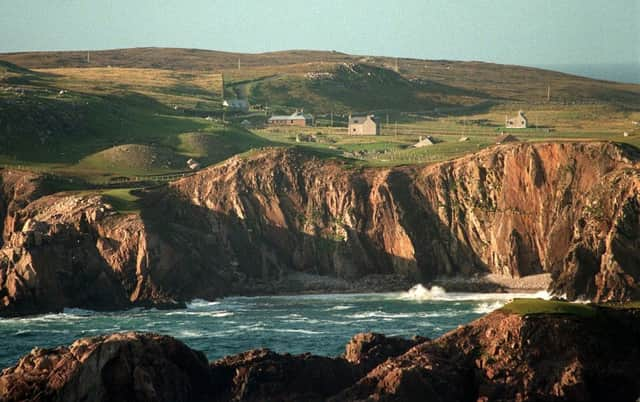Scotland's rural communities to lose quarter of their population


The very existence of communities in remote corners of the Highlands and islands is threatened by a “spiral of decline” caused by depopulation.
A report by the James Hutton Institute found that “sparsely populated areas” - defined as those where fewer than 10,000 people can be reached within 30 minutes of travel - account for almost half of Scotland, but just 2.6 per cent of the population live there.
Advertisement
Hide AdAdvertisement
Hide AdIt is these areas that are projected to lose more than a quarter of their population within the next 30 years, with Western Isles, Argyll and the Southern Uplands among the worst affected.
“Scotland’s sparsely populated areas have a demographic legacy, which, in the absence of intervention, would result in decades of population decline, and shrinkage of its working age population on a scale which implies serious challenges for economic development,” said Dr Andrew Copus, lead author of the report.
“Our research underlines a divergence in the demographic development of these areas to the rest of the country. The key is a relatively small number of children and young people, which in the years to come will translate into a shrinking working age population, projected to decrease by 33 per cent by 2046.”